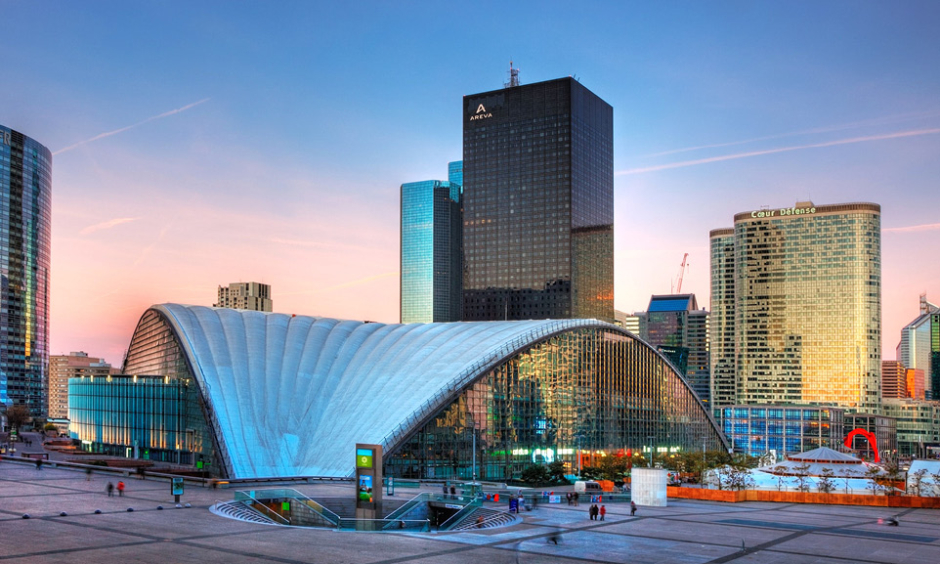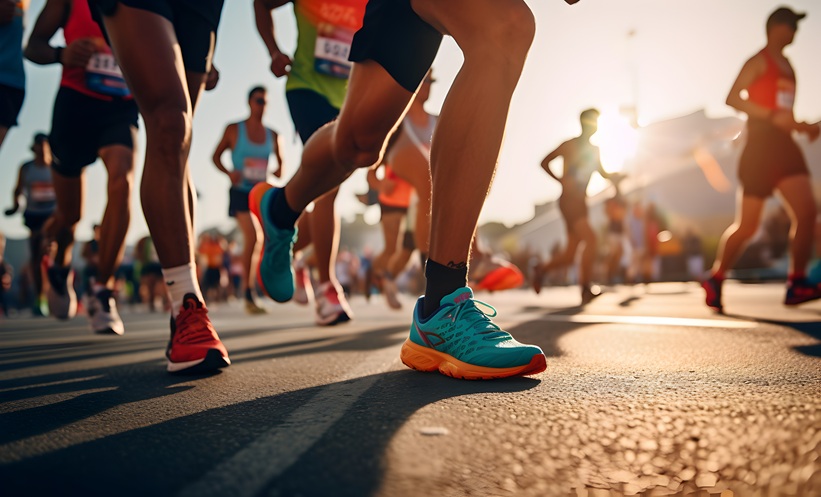Written by James Coker | Reporter, European Medical Journal | @EMJJamesCoker
![]()
Paris, France is the location for this year’s eagerly anticipated annual ILC meeting, which is expected to attract around 10,000 delegates and 250 media representatives from around the world. Taking place within the confines of the Paris Expo Porte de Versailles – Pavillon 7, from 11th–15th April, the event will, as usual, provide attendees with the latest news and research from the field of hepatology, as well as state-of the art lectures, interactive sessions, and meet-the-expert workshops. Education is a key theme this year too, with a postgraduate course on ‘Viral Hepatitis’ and a basic research seminar entitled: ‘Targetable pathways in liver disease’ included in a packed programme. There are a number of new features in this year’s event to whet the appetite, such as a comprehensive transplant and surgery postgraduate course. In the context of a period of major advances in treatments for conditions such as hepatitis C and liver cancer, the meeting promises to be of vital significance to attending hepatologists.1 Here at the EMJ we cannot wait to complete our review of ILC 2018, subsequently available in the next edition of EMJ Hepatology in May 2018.
History of the Congress
The first ever annual meeting of EASL took place in Marburg, Germany, all the way back in 1966. This inaugural event took place over 2 days, and 70–80 European hepatologists were invited to attend by the founder of EASL, Prof Hans Adolf. The way in which the congress has grown to include around 10,000 delegates from across the globe is testament to the success and impact it has had since its inception. It wasn’t until 1993 that the event was first hosted in Paris, and this 28th edition is notable for the creation a number of legacies. For instance, the first female Member of the Scientific Committee, Maggie Bassendine, was installed, and the first ever Educational Council was established. The most recent occasion Paris hosted the ILC was 13 years ago in 2005, and during this event the EASL Scientific Committee was replaced with the EASL Governing Board.2
Last Time Out
ILC 2017 took place in Amsterdam, Netherlands, from 19th–23rd April, and encompassed 5 days replete with new scientific discoveries and developments. Among the highlights, researchers showed that levels of blood (serum) bile acid in children with cholestatic liver disease could be reduced by a novel ileal bile acid transport inhibitor called A4250; in another study, new methods of accurately predicting patients at risk of severe liver disease were identified, which demonstrated the role of diabetes and the metabolic syndrome in the development of liver disease. These stories, and much more, are included in a detailed EMJ review of ILC 2017 in the latest edition of the EMJ Hepatology eJournal, published in June last year. Click here to read the in depth Congress Review section of this publication!
Important Timings
The opening ceremony, followed by General Session I, will be held from 13.30–15.30 in the Main Plenary Hall on Thursday 12th April and will be co-chaired by EASL Secretary General Tom Hemming Karlsen. The exhibition area, a major attraction of the congress where manufacturers, pharmaceutical companies, and publishers working in the field of hepatology showcase innovative medical products and solutions, will be open from Thursday 12th–Saturday 14th April between 09.00 and 17.00. The poster area likewise will be open to all attendees to soak up research on a plethora of topics during this period. Additionally, two state-of-the-art lectures expected to attract a huge audience, the Jean-Pierre Benhamou clinical and the Karl Wilhelm von Kupffer basic, will be given on Friday 13th April between 10.30 and 11.00 and Saturday 14th April between 12.00 and 12.30 in the Main Plenary Hall, respectively. Another part of the congress to look out for is the Skills Learning Centre Hands-on sessions, where attendees have the opportunity to learn, ask questions, and test materials used for procedures under the guidance of experts in the field. These will occur every evening from 12th–14th April between the hours of 18.30 and 20.00 in the skills learning centre (hall 7.3).3
Hot Topics
With over 1,500 original scientific projects set to be presented, there is a broad scope of areas within hepatology that will be covered throughout the various session types. The programme has been organised according to the specialties of: cirrhosis and complications; liver tumours; general hepatology; metabolism, alcohol and toxicity; viral hepatitis; cholestasis and autoimmunity. Poster topics include: cirrhosis, acute-on-chronic liver failure and critical illness; liver tumours; viral hepatitis C, clinical and therapy aspects; acute liver failure and drug induced liver failure; autoimmune and chronic cholestatic liver disease; cirrhosis and complications; fibrosis; liver transplantation and hepatobiliary surgery; non-alcoholic fatty liver disease; gut microbiome and liver disease; alcoholic liver disease; and viral hepatitis A, B, D, and E. Our upcoming review of the event will include summaries of a selection of the abstracts presented, so be sure to look out for those on our website!
Social Media
The EASL Facebook page will be continuously updated throughout the event to provide delegates with breaking news and reminders about the sessions that are taking place. The page can be found here: https://www.facebook.com/EASLnews/.
The official EASL twitter account will also be highly active during the 5-day event, so make sure you follow their handle: @EASLnews.
Likewise, the EMJ team will be providing a riveting stream of twitter updates on everything that goes on, both via our umbrella EMJ Reviews (@EMJReviews) and EMJ Hepatology (@EMJHepatology) accounts. Give us a follow and tweet us your thoughts using the hashtag #ILC2018!
History of the City
The name Paris is derived from Gauls of the Parisii tribe that settled in area between 200 and 250 BC. The region was conquered by the Romans under the leadership of Julius Caesar in 52 BC, when it became a regional centre under the Romans and in the early Middle Ages.4 Following its naming as capital of France in 987 AD,5 Paris’s political, social, economic, architectural, and scientific influence grew over the centuries, gaining a reputation as one of the most important cities in Europe. Paris was also at the heart of one of the most seminal events in world history: the French Revolution, in 1789. Napoleon Bonaparte, who eventually became the ruler of France in the aftermath of this upheaval, instigated the building of two of the city’s most iconic landmarks: the Arc de Triomphe and La Madeleine. Later, the world-famous Eiffel Tower was completed in 1889. Another period of turmoil occurred with the occupation of the city by Germany during World War II. Nevertheless, Paris continues to flourish into the modern day and has retained its status as globally important player on the international stage, currently holding a population of around 2.2 million people.6
Places to Visit
Steeped in history and world-famous landmarks, it will be difficult to fit every attraction in during your visit! Here is a selection of iconic architecture you will not want to miss:
Eiffel Tower: Attracting nearly 7 million visitors a year, this magnificent monument is a must-see for tourists visiting the city.
Notre Dame Cathedral: Completed in the year 1345, this building is an architectural and historical delight, leaving visitors in awe of its wonder and beauty.
Palace of Versailles: As the most famous castle in the whole of France and having been at the centre of numerous political and military events throughout history, the Palace of Versailles, with its huge complex of buildings, gardens, and terraces, is definitely worth a visit.7
ILC 2018 has all the hallmarks of being a pivotal meeting that contributes to the enhancement of research and improvement of clinical practice in hepatology. Members of the EMJ team will be there to observe, record, and interact with all the far-reaching sessions that take place in preparation of our review of the congress. Please feel free to come and say hello if you see us!
References
- EASL. Welcome Messages. 2018. Available at: https://ilc-congress.eu/welcome-messages-ilc-2018/. Last accessed: 15 March 2018.
- EASL. 50 Years. Available at: http://www.easl.eu/timeline/. Last accessed: 15 March 2018.
- EASL. Programme Overview. 2018. Available at: https://ilc-congress.eu/programme-highlights/. Last accessed: 15 March 2018.
- Discover France. History of Paris. Available at: http://www.discoverfrance.net/France/Paris/Paris_history.shtml. Last accessed: 15 March 2018.
- History. This Day in History: 1951 Paris celebrates 2,000th birthday. Available at: https://www.history.com/this-day-in-history/paris-celebrates-2000th-birthday. Last accessed: 15 March 2018.
- Lambert T. A Short History of Paris, France. Available at: http://www.localhistories.org/paris.html. Last accessed: 15 March 2018.
- Come to Paris. What to do in Paris. Available at: https://www.cometoparis.com/paris-guide/what-to-do-in-paris-s938. Last accessed: 15 March 2018.








